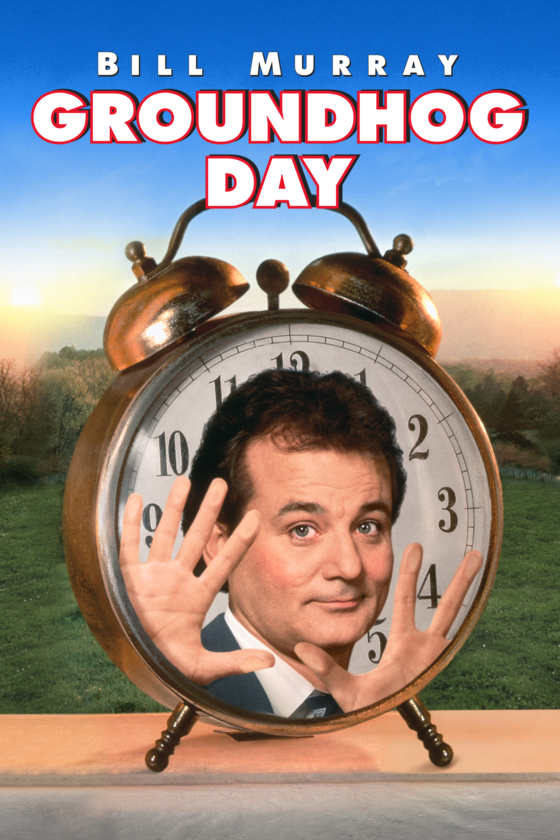As I started working on my outline for my project for this marking period, I wrote the sentence "This is a classic tradition story" which made me think back to the concept of there being a limited amount of stories to tell. While I was somewhat familiar with the concept, I decided to do some more research into the topic.
The Seven Plots
Christopher Booker in his book The Seven Basic Plots: Why We Tell Stories tells of how there are seven total plots that are told within all of fiction. These seven stories are: Tragedy, Overcoming the Monster, The Quest, Comedy, Voyage and Return, Rebirth, and Rags to Riches. By looking at this list you can definitely understand Booker's claim. You can easily take the story of any work of fiction whether it's a film, book, show, or video game and match it with one of these seven plots. I have selected the two out of the seven that interest me the most and have given examples of the plots within film as well as examples of these plots within some of my own works.
Voyage and Return
The plot of Voyage and Return is one of the most common plots within fiction. Characters going on some sort of journey and returning to where they began is one of the simplest structures to a story. If you needed to quickly draft a story, simply having a character move from one location to another before returning back would likely be one of the quickest and easiest ideas you could come-up with. One notable example of Voyage and Return would be the book/film series The Hobbit. The plot of The Hobbit involves a group containing the characters Bilbo Baggins, Gandalf, and 13 Dwarves journeying to reclaim the Dwarves' home and Bilbo returning back to his home. The Hobbit is also commonly named There and Back Again. Both the plot of The Hobbit and its alternate title easily demonstrate how it fits the plot of Voyage and Return. (Link To Image)
Currently, the plot of my next film most resembles the plot of Voyage and Return. While the story could change throughout the production process, as of now it involves my main character going on a voyage to the town in which the film takes place. After the events of the story, I plan on having the main character leave the town and begin on his return back to where he came from.
Rebirth
The plot of Rebirth is one plot point that is definitely used less frequently than some of the others. While at first rebirth may make you think of a literal rebirth such as Jesus was reborn in the Bible, this is not always the only way someone can be reborn. Rebirth can also refer to the total change of a character, location, etc. The example of rebirth that I chose, however, does seem to fit both definitions. Groundhog Day follows the character of Phil Connors who becomes stuck within a time-loop. Whether the day ends or Phil dies, he is always reborn exactly the same as he was on February 2nd, only keeping his knowledge from all other days he has lived. By the end of the film, Phil breaks the time-loop not only after being rebirthed multiple times, but also after changing himself as a person which is also in a sense being reborn. (Link To Image)
The plot of my uncompleted film The Moral Grey seems to fit within the Rebirth plot. My idea was to have the main character Leon slowly rebirth himself over the course of the film. He would begin the story with a "nothing really matters at the end of the day" mindset and would slowly learn to care about the people around him.
Work Log:
- 9/28 - Football Practice Recording (No Project Work)
- 9/29 - Football Practice Recording/Began thinking of project ideas and started very early script draft
- 9/30 - (No Project Work)
- 10/1 - Continued developing project idea
- 10/2 - Restarted project planning with new idea, live streamed Football game, and edited Mini-THON video for Overalls
- 10/3 - Continued to expand project outline and re-edited a portion of Mini-THON video
- 10/4 - Storyboarded a small amount of beginning of film and edited SV Choir singing video.


Comments
Post a Comment